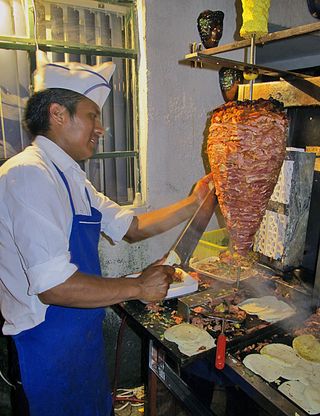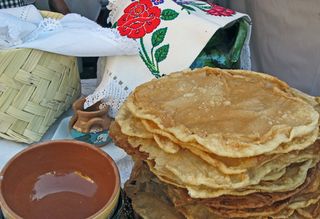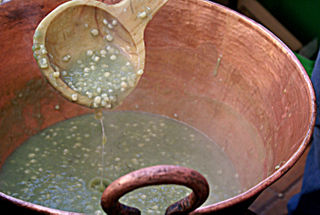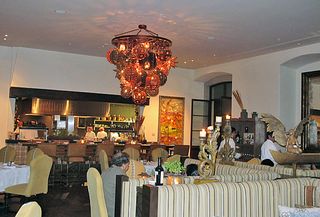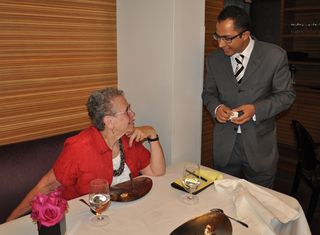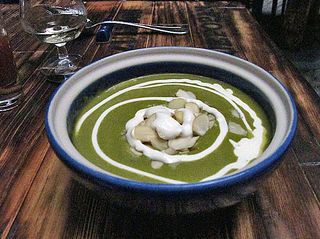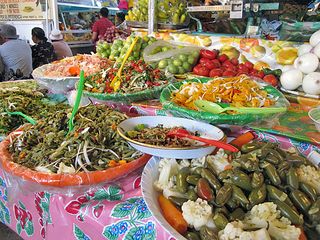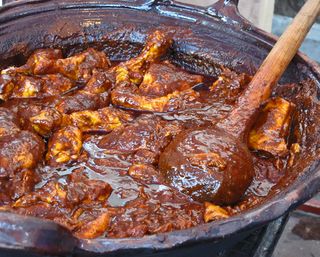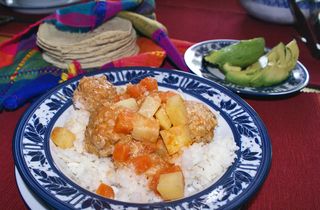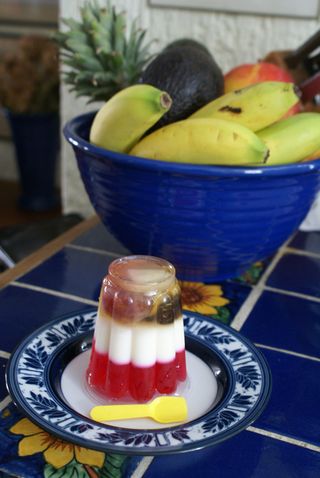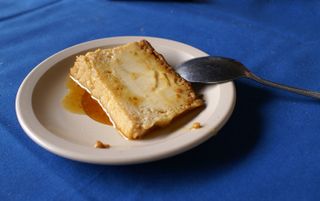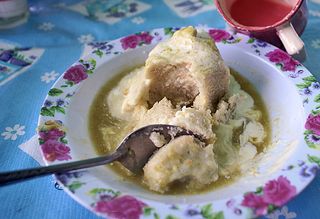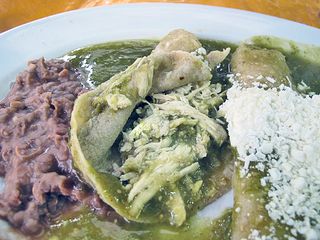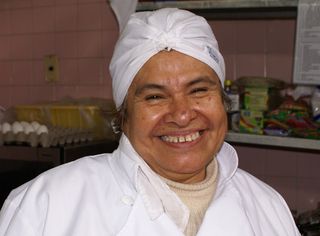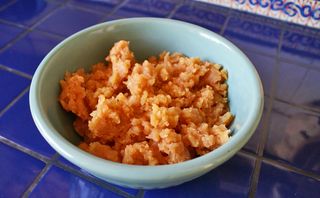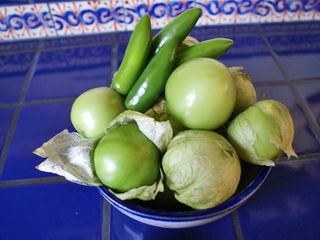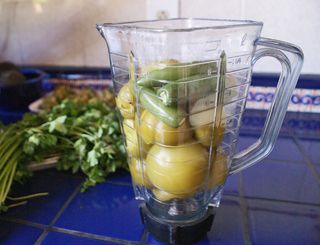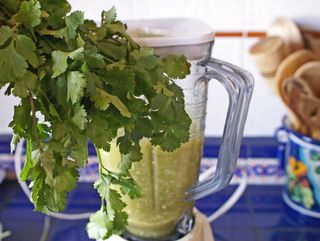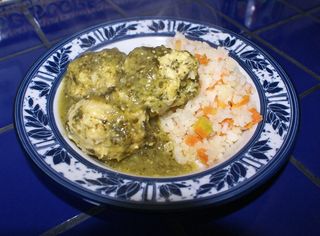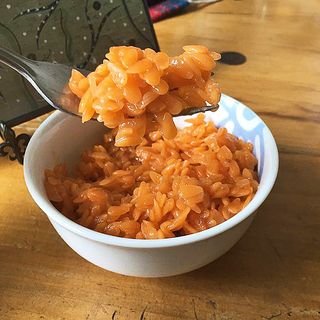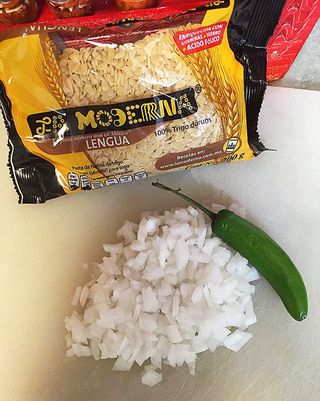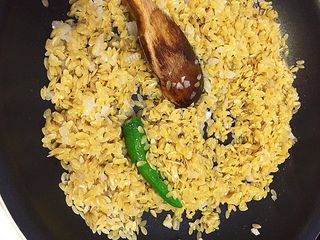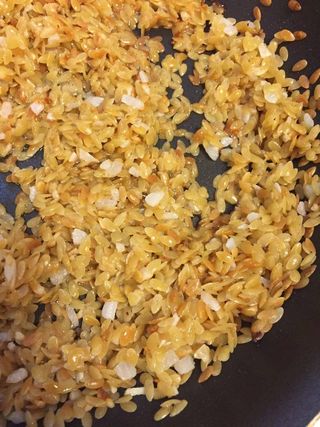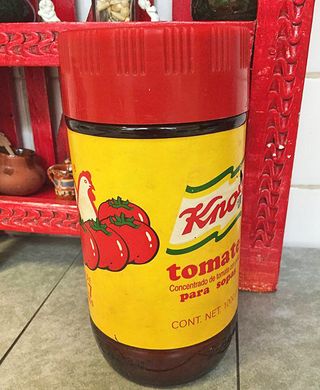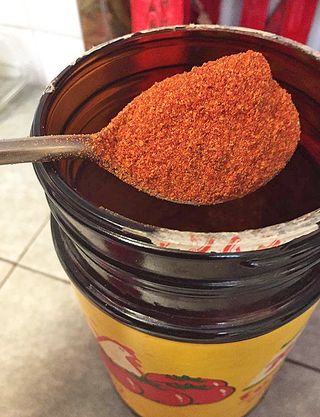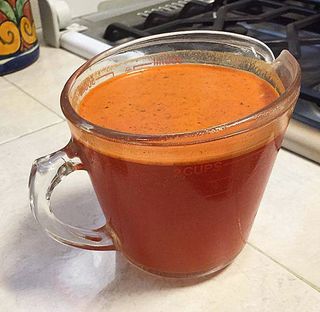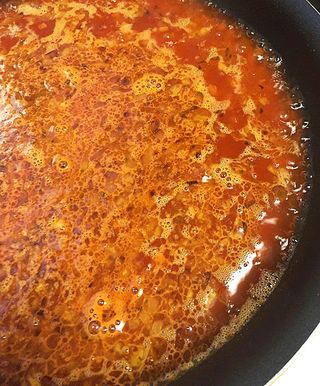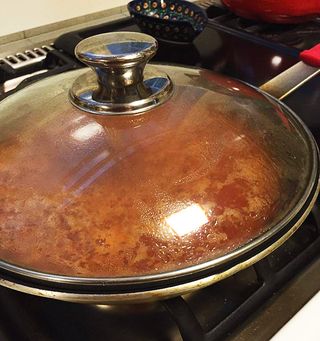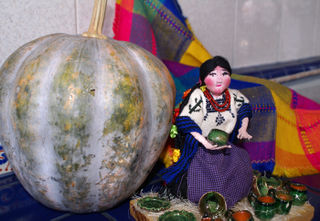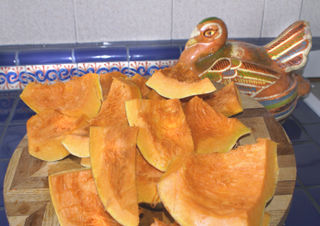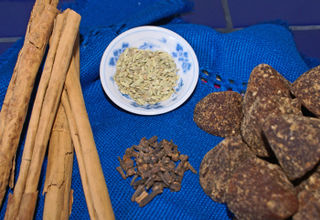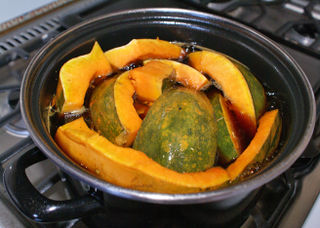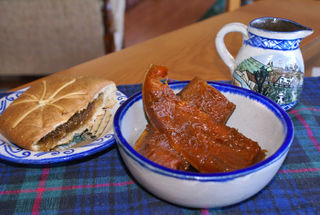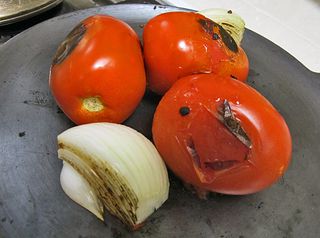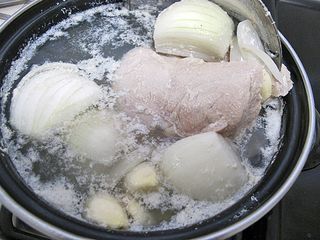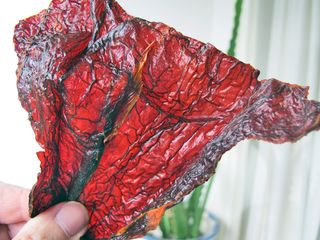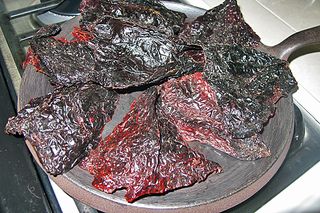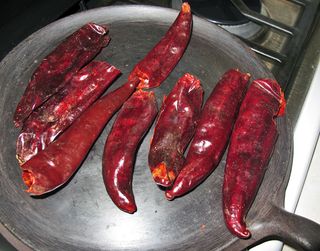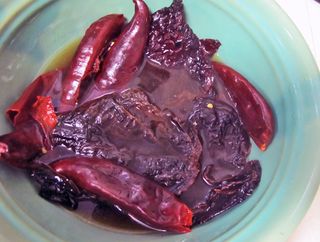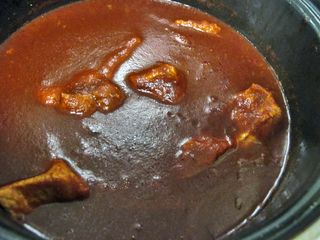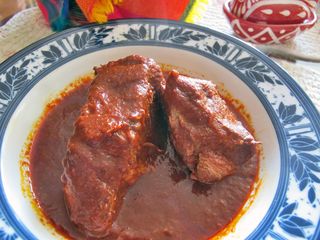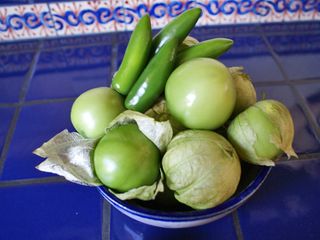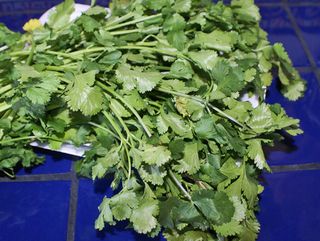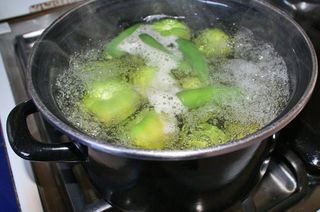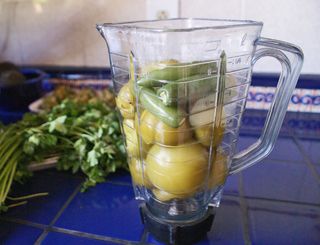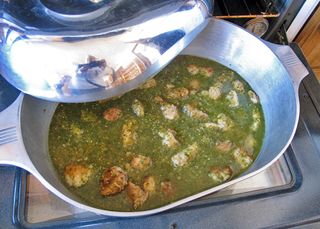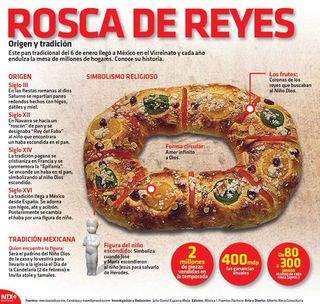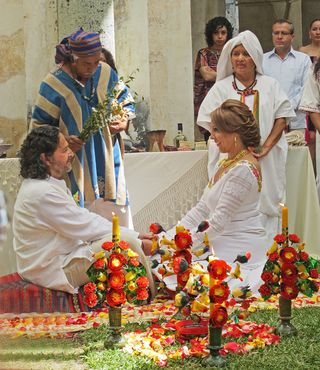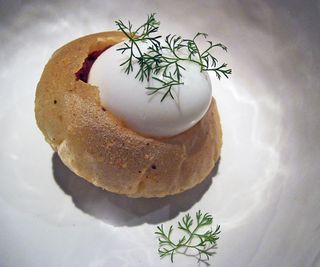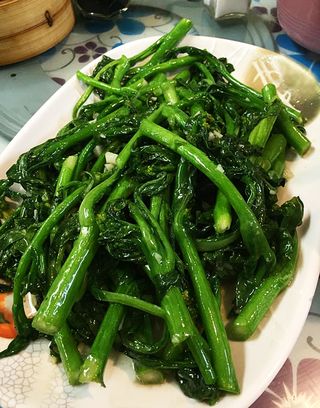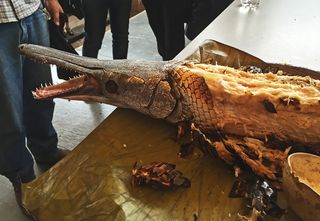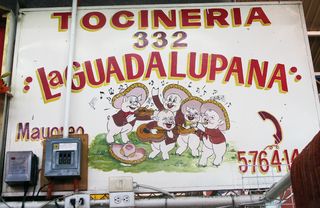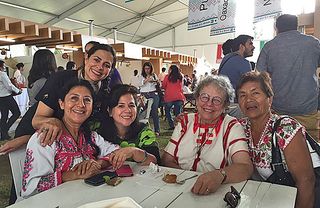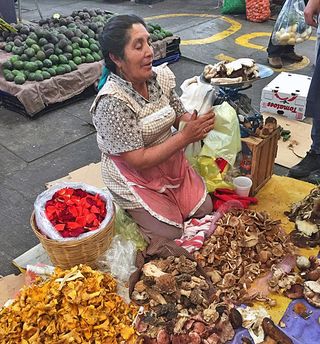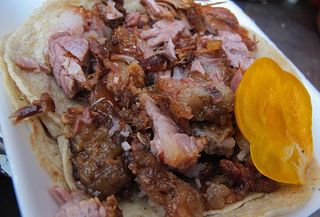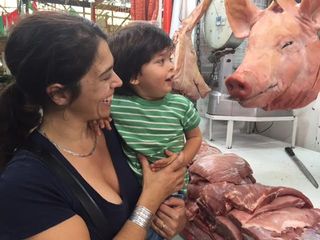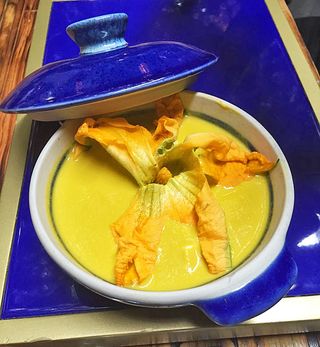
Our magnificent cooking teacher, Maestra Celia Florián, owner at Restaurante Las 15 Letras, Oaxaca.
Sometime in late 2015, I was chatting with my dear friend Celia Florián, who asked when I would be going again to Oaxaca. "I'll be bringing a group of women in February!" One thing led to another and soon Celia and I had scheduled a cooking class for the group. We planned a menu, an early-morning shopping excursion at the municipal Mercado de la Merced, the group cooking class to follow, and the joy of sharing the finished products as our comida (main meal of the day) later in the afternoon. I could barely contain my excitement at the thought of introducing this California tour group to one of the most generous and joyous traditional cooks in Mexico.
The menu that Celia and I planned for the group included:
–Garnachas del Istmo de Tehuantepec
–Sopa de Guías con Chochoyotes
–Mole Verde con Espinazo y Alubias
–Pastel de Elote estilo Las 15 Letras

Maestra Celia and her husband Fidel Méndez Sosa have been the proprietors of Restaurante Las 15 Letras since 1992; today, the restaurant is a favorite among Oaxaca locals and has also become a destination restaurant for in-the-know visitors, both Mexican and foreign. The photo shows an elegant and delicious dish I ate at Las 15 Letras in February 2015: quesillo (Oaxaca cheese) wrapped in a spiral with chapulines (grasshoppers) and hoja santa (an anise-flavored leaf).
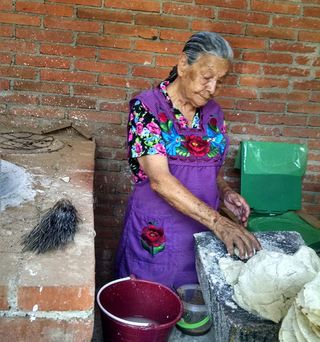
Doña Carmen Florián, Maestra Celia Florián's now-elderly mother, continues to be able to make hand-made tortillas. Maestra Celia says, "What one learns well is never forgotten. My mother has been making tortillas since she was a little girl."
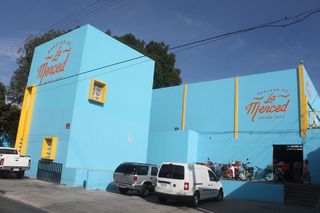
Oaxaca's Mercado de la Merced is a small, friendly market serving its neighborhood. It has become a magnet for Oaxaca cooks and food-oriented tourists, as well. It suited the shopping needs of our group, and Maestra Celia was the perfect guide as we purchased the ingredients for our class and comida.

We purchased a few of Oaxaca's iconic jitomates riñon (kidney-shaped tomatoes) as part of what we needed to prepare the garnachas.
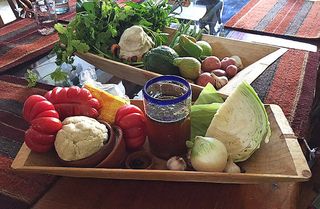
The tray in the foreground contains the ingredients for the garnachas del Istmo de Tehuantepec. Clockwise from the left: jitomates riñon (kidney-shaped tomatoes), queso de Chiapas (cheese from Chiapas), vinagre de frutas (Maestra Celia's home-made fruit vinegar), cabbage, onion, garlic, and a bowl of masa de maíz (corn dough).
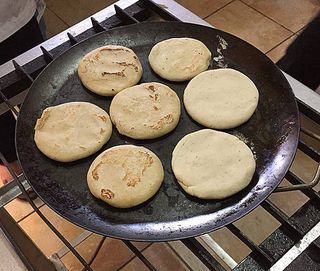
To make the garnachas, we first patted out gorditas (thick rounds of masa, each approximately three inches in diameter), and baked them on a metal comal (griddle).
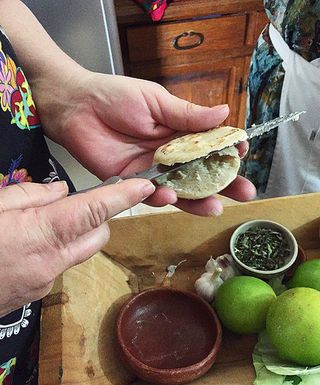
When the gorditas were completely cooked, we allowed them to cool for a few minutes. Then we split them in half through the center and set them aside until ready to fill and serve as an entrada (appetizer).
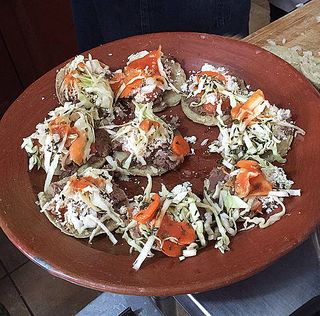
The garnachas, ready to serve. Each half of a gordita is topped with shredded beef, along with cabbage and sliced carrots lightly pickled in home-made fruit vinegar. Sprinkle with freshly crumbled cheese. Add salsa made with jitomates riñon, if you are able to grow them or find them in a market. Otherwise, use the vine-ripened flavorful in-season tomatoes of your choice.
While the gorditas baked, we boiled lean beef for shredding as a topping for the garnachas. Maestra Celia was careful to note that in preparing a multi-course meal, it's important to begin with the steps that take the longest amount of time, finishing with the preparation that takes less time. That way, all of your menu is ready to serve and eat at approximately the same hour.

Guías de calabaza (squash stems and tendrils) for our sopa de guías. If you grow zucchini or know someone who does, you can use its tenderest young stems, leaves, and tendrils to make sopa de guías.
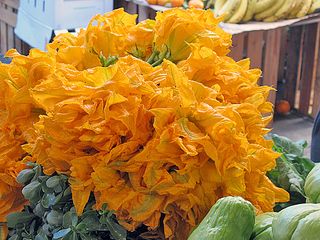
The recipe for sopa de guías (squash tendril soup) also calls for flor de calabaza (squash flowers). In addition, we used fresh corn, still on the cob and sliced into rounds, and tender young chayote, cut into round slices.
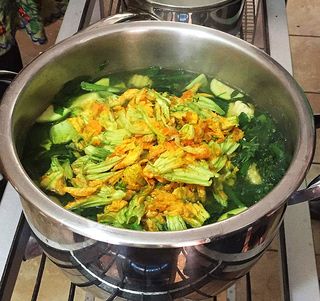
We added the vegetables and herbs we prepared to simmering, lightly salted water and allowed them to boil gently just until the vegetables were tender.
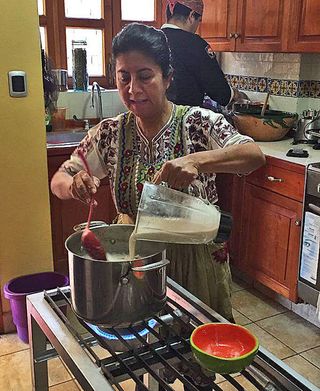
Maestra Celia adds blended water and masa to the soup to thicken it just a bit. It should be not too watery, not too thick, but just right. You'll know. Be sure to stir the mixture constantly until it thickens so that no lumps form. Our group was profoundly moved by the immense love and respect that Maestra Celia imparted to us: for her country, her city, the market vendors, the ingredients, Oaxaca's traditions, and the act of cooking. The food we prepared, prepared with this kind of love, had no chance but to turn out to be delicious.
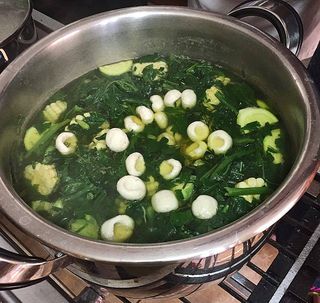
While the soup continued to cook, we prepared chochoyotes (little masa dumplings) by making one inch spheres of masa, then pressing a fingertip into each one to make the indentation that you see in the photograph. We then added the chochoyotes to the soup pot and allowed them to cook until tender. Click on any photo to enlarge it for a better look.

Sopa de guías, ready for the table. See the chochoyotes, just under the surface of the broth?
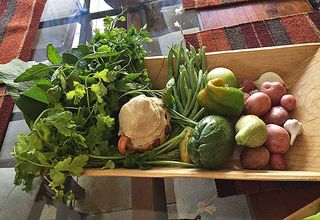
This tray includes most of the ingredients for mole verde oaxaqueño. Clockwise from left: herbs including cilantro and several herbs unique to Oaxaca, a bowl of masa, green beans, chile, onions, new potatoes, and chayote. Rather than include a step-by-step for this simple (and simply extraordinary) recipe, I offer you Maestra Celia's recipe:
Oaxaca-Style Green Mole with Pork
Ingredients
3.5 lbs meaty pork neck bones
2.2 lbs meaty pork back bones
1/2 lb small alubias (or white navy beans), cooked until tender
1/4 lb corn masa
1 bunch parsley
1 bunch cilantro
1 bunch epazote (fresh, not dried)
4 hoja santa leaves
Salt to taste
1/2 white onion, toasted
1/2 head of garlic, toasted
3 cloves raw garlic, separate use
1 chile serrano
3 cloves
1 white onion, sliced in wheels and 'cooked' in Key lime juice and oregano
Procedure
Boil the two kinds of pork in water, with garlic, onion, and salt. When the meats are tender, drain them and reserve the pork stock.
In the pork stock, blend the masa. Strain and add it to the consomé, stirring little by little so that lumps do not form. Blend the herbs together with the clove, the chile serrano*, and the roasted garlic and onion. Strain the liquid into the pot and allow them to boil. Add the Blend the raw garlic with a little water and add to the pot. Correct the salt and remove the pot from the fire.
*If you want the mole to be fairly spicy, use the entire chile serrano. If you prefer less 'heat', add just half the chile.
For the garnish
2 chayotes, cut into pieces
A good-size handful of green beans, clean and with the stems removed
Quartered medium-size potatoes, or if you use small potatoes as we did, you may leave them whole
Boil these vegetables separately until they are tender. Drain and reserve.
To serve
The mole should be served in a bowl. First add the pork meats and bones. Cover with the green mole. Top with the cooked vegetables. Add a heaping tablespoonful of the cooked alubias to each bowl. Add a few rings of white onion.
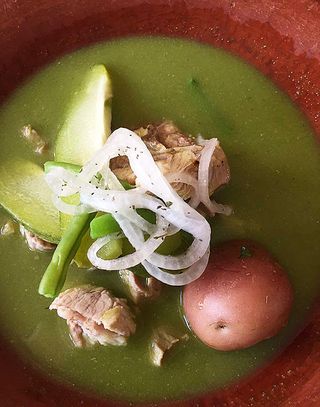
Mole verde oaxaqueño!
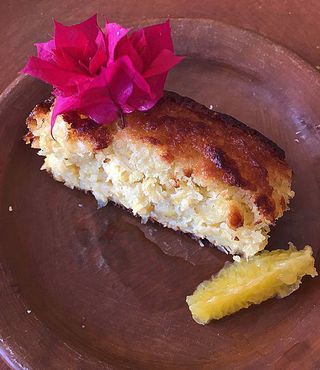
Because Restaurante Las 15 Letras was in the process of a remodel, our class was held at Maestra Celia's home. Her staff brought our pastel de elote (corn cake) which had been baked at the restaurant; we did not prepare it ourselves, but we certainly ate it with gusto! It was the perfect finish to a marvelous meal al estilo oaxaqueño–Oaxaca style!
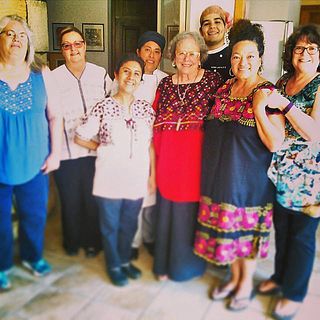
Our tour group. Left to right: Judith Eshom, Gayla Pierce, Maestra Celia Florián, Mexico Cooks!, Holli DeLauro, and Robyn Cota Cann. Back row: culinary school interns Cristina Flores (black cap) and Alonso Castillo, who assisted Maestra Celia and our group in the kitchen. Photo courtesy Alonso Castillo.
Our class, the connections we made, and our meal were extraordinary. Each of us felt that we had become very close to Maestra Celia during our time together. There were tears at parting, promises to stay in touch with her, promises to prepare these dishes for our families and friends–and my promise to pass information about this cultural and culinary event along to you.

Ending our tour in Oaxaca with a full moon and full hearts. Thank you, California friends and Oaxaca friends, it was a joy to spend these days with you.
If you'd like to schedule a tour in Oaxaca and would like to experience a cooking class with this most wonderful of teachers, please let me know. I'd be happy to plan an itinerary for your group.
Looking for a tailored-to-your-interests specialized tour in Mexico? Click here: Tours.

